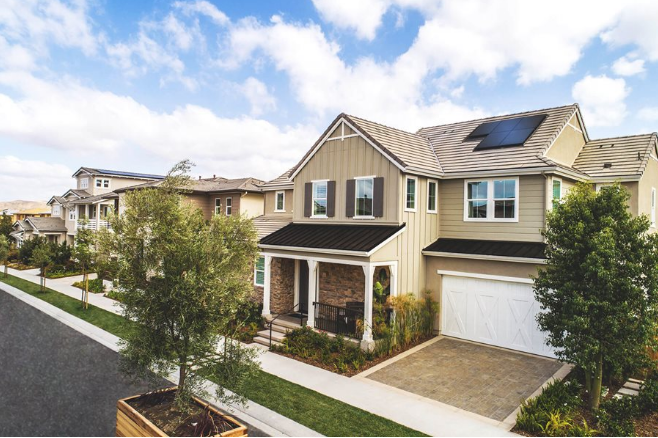Solarizing the equivalent of 30 million American homes could create 1.77 million new jobs and lead to $69 billion in energy savings over the next five years, according to a report released by the Initiative for Energy Justice, the Institute for Local Self-Reliance, and Solar United Neighbors.
The report has been developed as a part of the groups’ 30 Million Solar Homes campaign, and builds on previously identified policies that could help to spur this rapid adoption.
For context, consider that, as of the end of the first quarter the U.S. solar industry has installed 102.8 GW of capacity, enough to power roughly 18.6 million homes. Over the next five years, the country is expected to install an additional 160 GW.
Massive expansion
The 30 Million Solar Homes campaign is working to achieve a distributed energy buildout unlike anything seen on any scale with renewables. Those 30 million homes would equate to 151 GW in new solar capacity, almost 50% more than all the solar capacity currently in place.
Along with job creation, installing solar on 30 million homes would lead to 100 GW of the 151 GW of proposed capacity being installed in marginalized communities, helping to improve access equity to solar and easing the historic economic imbalance of the resource. The benefits of local solar are particularly important for these communities as many have been disproportionately impacted by the pandemic and face a slow economic recovery.
The 30 Million Solar Homes initiative would also create an expected $69 billion in electricity bill savings, further helping economic recovery for marginalized communities. Starting in the sixth year of the program, if enacted, the installed solar would continue to generate bill savings of $30 billion annually.
Footing the bill
All of this capacity will come with a cost, and in total, the 30 Million Solar Homes initiative calls for the federal government to invest more than $500 billion into local solar and other relevant clean energy and energy justice efforts.
The initiative asks the Department of the Treasury to improve two existing tax incentives: the solar Investment Tax Credit (ITC) and the Low-Income Housing Tax Credit (HTC). The proposal would restore both the residential and commercial tax credits – currently at 26% and scheduled for reductions in 2023 – to 30% for the next 10 years (including a gradual sunset period), expands ITC access by transforming it into a direct pay option for residential and commercial projects under 2 MW, and would explicitly allow non-taxable entities to participate, such as local governments and rural electric cooperatives.
The proposal also outlines three additional incentives:
A bonus 10% tax credit for commercial projects that provide Davis-Bacon prevailing wages and benefits
A 10% bonus credits to commercial projects primarily serving marginalized communities, or that provide resilience by combining solar and energy storage, and,
A 10% bonus credits to residential projects also serving marginalized communities or providing resilience.
As for the HTC, the report proposes modifications to prioritize projects with on-site solar energy that provides a direct financial benefit to residents, such as through electricity bill credits.
The proposal also call on the Department of Energy to provide loan guarantees for equitable community solar projects; reauthorize clean energy block grants for state, tribal, territorial, and local governments; establish solar + storage grants for resiliency in marginalized communities; institute solar grants for schools to reinvest energy savings into operations; and establish grants for developing residential and community solar in marginalized communities.
Included are also proposals for some general quality of life and ease of service measures, like expansion and widespread adoption of virtual, automated solar permitting.






